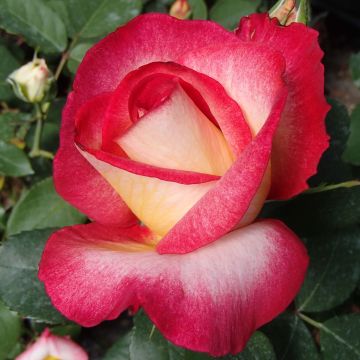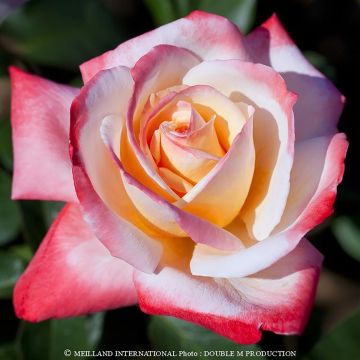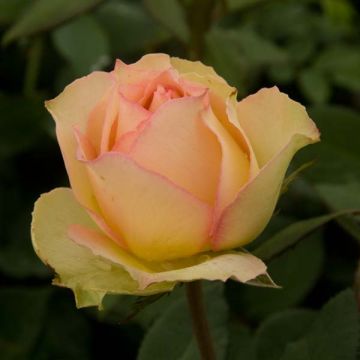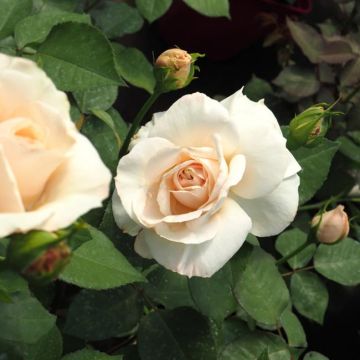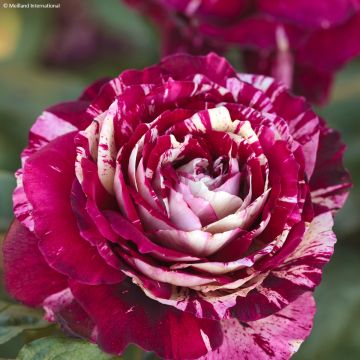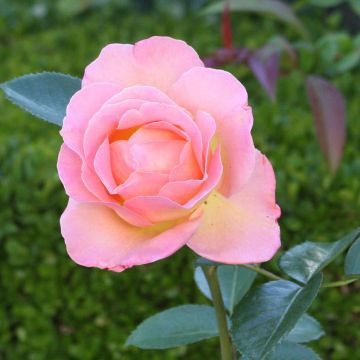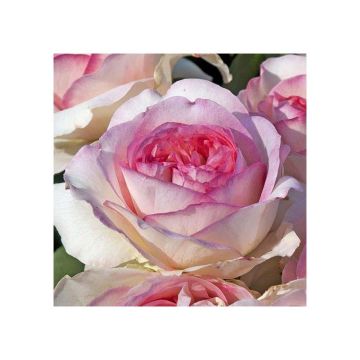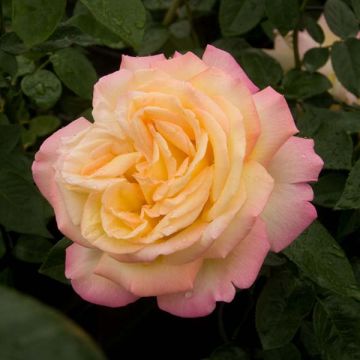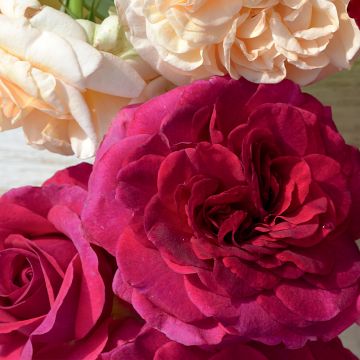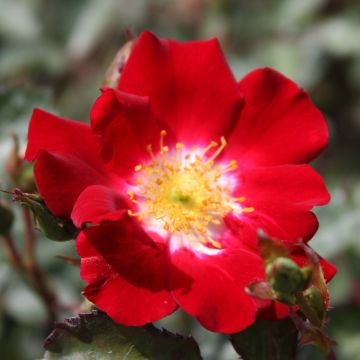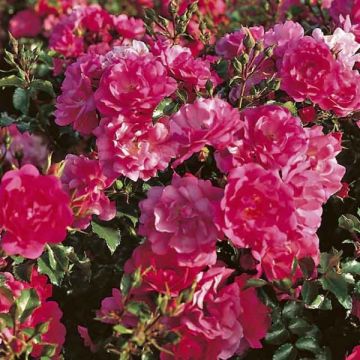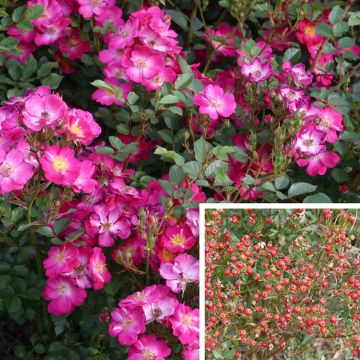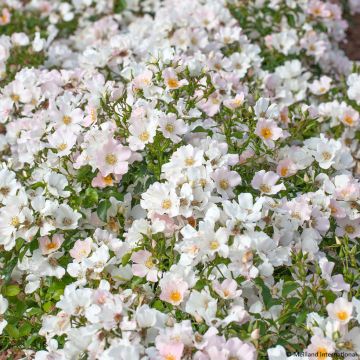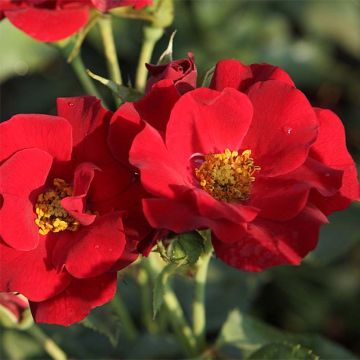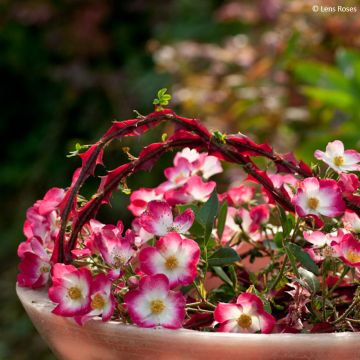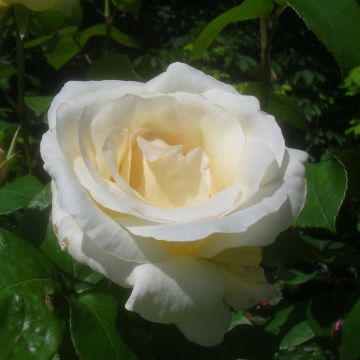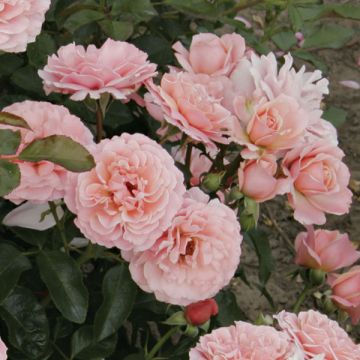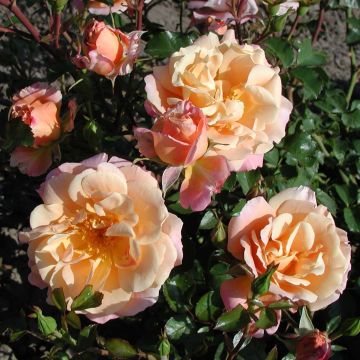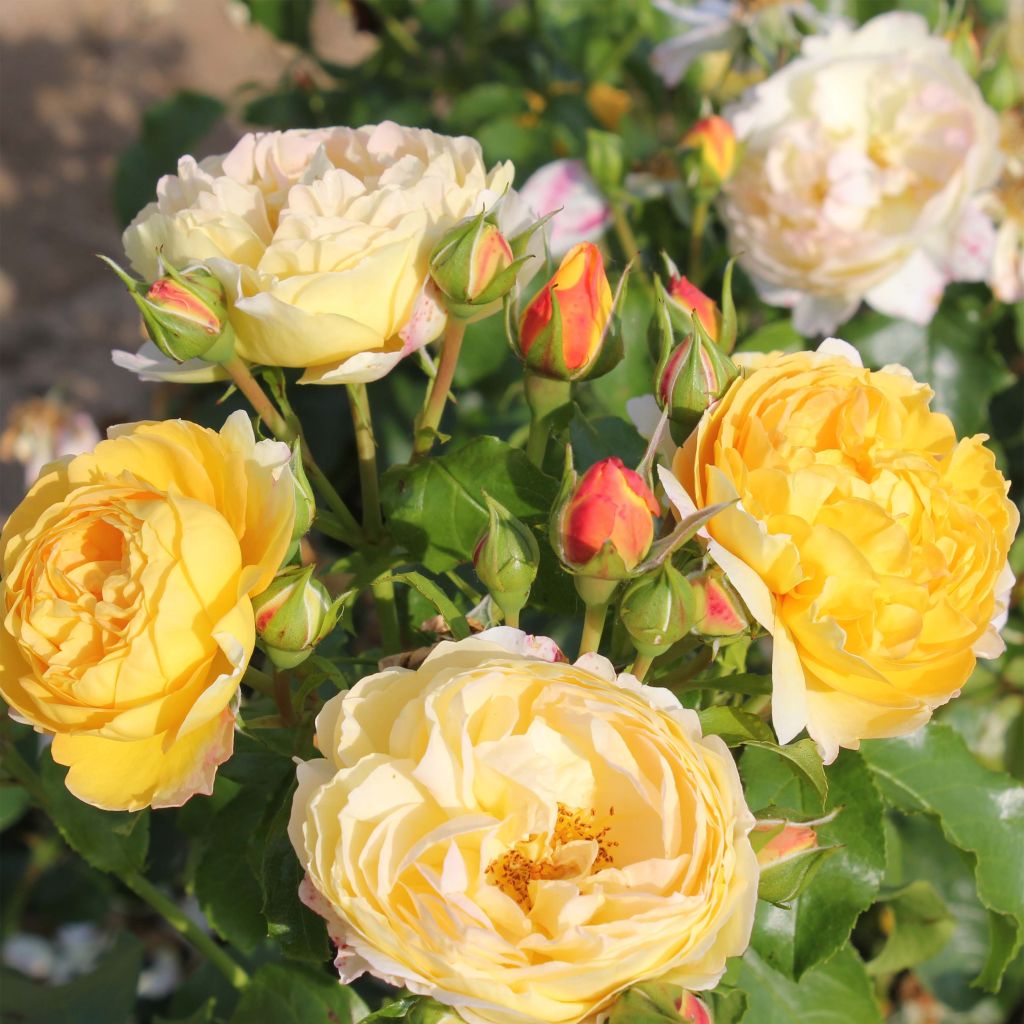

Rosa Château de Cheverny - Hybrid Tea Rose
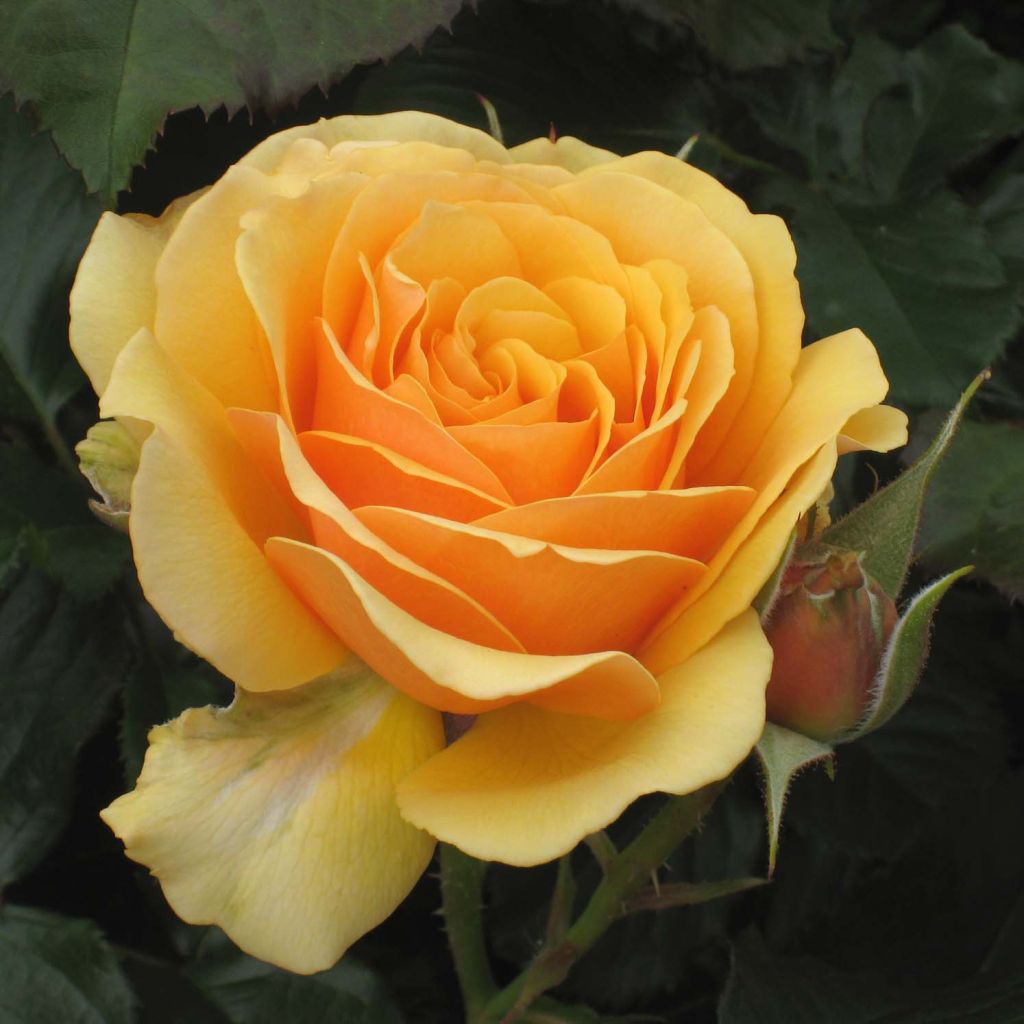

Rosa Château de Cheverny - Hybrid Tea Rose
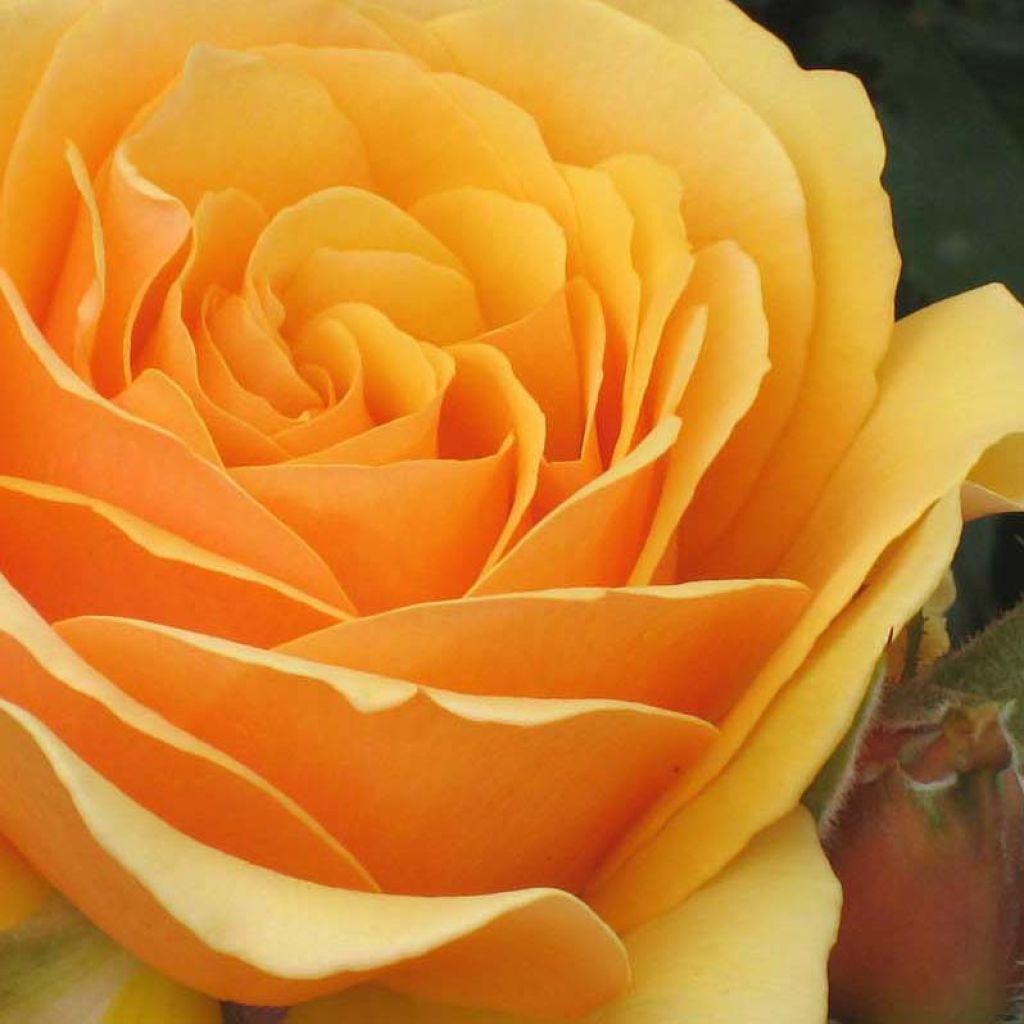

Rosa Château de Cheverny - Hybrid Tea Rose
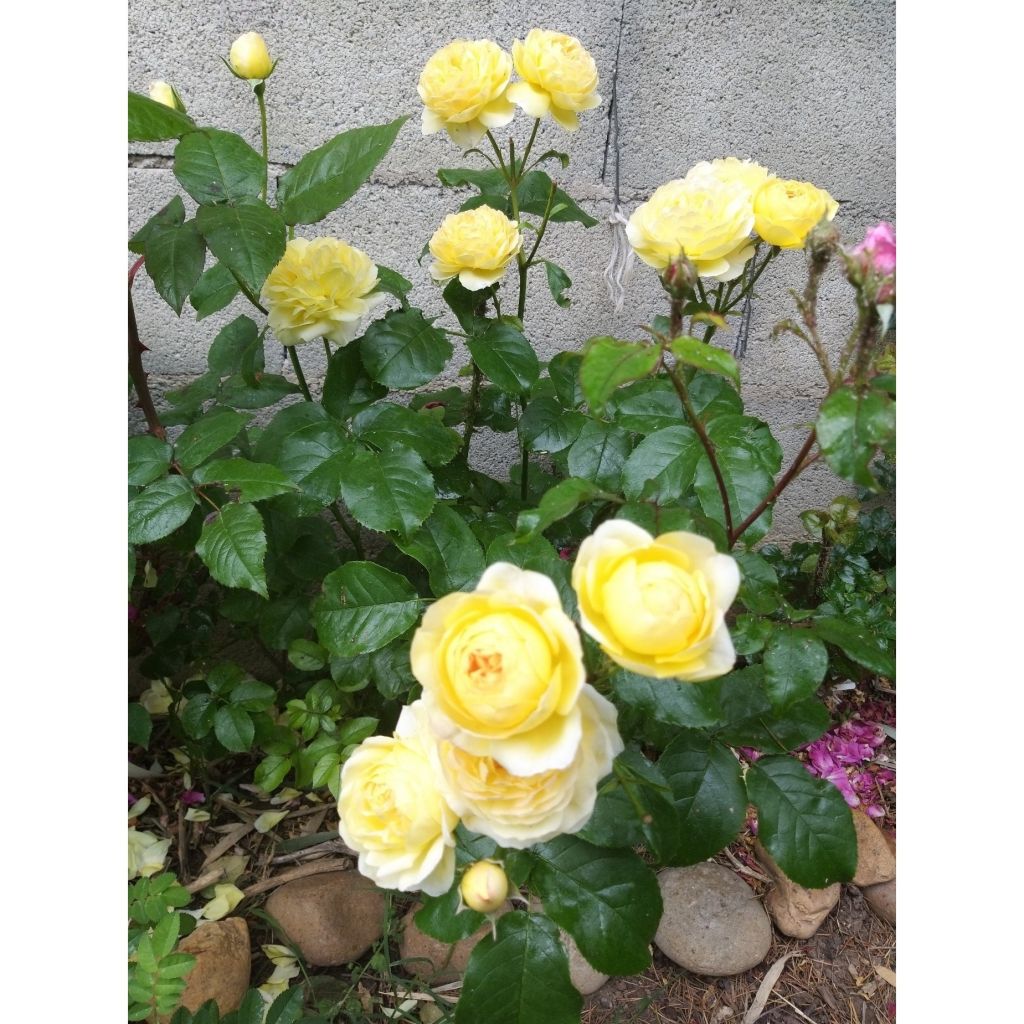

Rosa Château de Cheverny - Hybrid Tea Rose
Rosa Château de Cheverny - Hybrid Tea Rose
Rosa Château de Cheverny® deljaupar
This item cannot be shipped to the selected country
Delivery charge from €5.90
Delivery charge from €5.90
Delivery to Corse prohibited
More information
Schedule delivery date,
and select date in basket
This plant carries a 24 months recovery warranty
More information
We guarantee the quality of our plants for a full growing cycle, and will replace at our expense any plant that fails to recover under normal climatic and planting conditions.
From €5.90 for pickup delivery and €6.90 for home delivery
Express home delivery from €8.90.
From €5.90 for pickup delivery and €6.90 for home delivery
Express home delivery from €8.90.
Delivery to Corse prohibited: UE law prohibits the import of this plant from mainland France to Corse as part of the fight against Xylella fastidiosa. Please accept our sincere apologies.
More information

Does this plant fit my garden?
Set up your Plantfit profile →
Description
The 'Château de Cheverny' Rose is a modern hybrid tea rose with a touch of history, just like the majestic mansion it's named after. Luxurious and elegant, it blooms from the beginning to the end of its flowering season. Its delightful yellow-pink buds open into old-fashioned saffron yellow cups, fading gracefully into a shower of creamy yellow petals. The spectacle repeats itself generously and regularly from late spring to the first frost, accompanied by an intense fragrance of spring flowers, summer fruits, tea, and hints of spices and vanilla. In the garden, this bush also surprises with its vigour and stature, making it suitable for planting in a small flowering hedge. The final asset of this rose, filled with qualities, is its excellent natural resistance to diseases, rewarded with the prestigious German ADR* label. A champion in all categories acclaimed in 2017 by the National Horticulture Society*!
'Château de Cheverny' or 'Deljaupar', already awarded 5 medals, is an excellent rose, both floriferous and robust, perfectly healthy and adapted to all our regions. It is a modern landscape bush with large flowers introduced in 2016 by the rose breeder Delbard. A vigorous shrub with a bushy and flexible erect habit, it reaches an average height of 1.35 m (4ft) (up to 1.50 m (5ft)) and a spread of 90 cm (35in) at maturity, with rapid growth. It develops strong, prickly branches that bear tough, dense foliage with toothed leaflets, a glossy medium-green colour, and disease resistance. Throughout summer and until October, if faded flowers are removed, the plant continuously produces medium-sized double flowers, 9-10 cm (4in) in diameter, with a shape reminiscent of some old roses. Initially globular, they open up like peonies. Their colour is a warm yellow, without aggressiveness, gradually fading to creamy yellow from the edge of the corolla towards the centre, so the oldest flowers are uniformly very pale yellow. The roses are gathered in bouquets at the ends of long one-year-old shoots or emerging from two-year-old stems. The foliage of this deciduous variety falls in autumn and reappears in spring.
'Château de Cheverny' is a great rose, well-bred, a variety that only requires fertile soil and is not too dry in summer to reach its full potential, even though it can tolerate summer drought. A solid, luxurious, and fragrant bush, ideal for planting in a flowering hedge, flower bed, or grouping 3 plants at the centre of a flowerbed. It blends well with perennials and light annuals such as paniculate gypsophila, bellflowers, delphiniums, catmints, agastaches, or tall foxgloves. It can also be placed near the house to enjoy its superb fragrance, alone or combined with the white rose 'Fée des Neiges'. Finally, its roses are stunning in bouquets, combined with lilies in summer or asters in autumn.
* The ADR label is awarded to vigorous and floriferous roses resistant to diseases, cold, and parasites. These roses have been evaluated for 3 years in 11 rose gardens in Germany, spread across various climatic zones where no treatments are applied. This label is a guarantee of high quality and hardiness.
* The Grand Prize of the National Horticulture Society of France rewards the most beautiful and resistant roses, capable of adapting to all gardens, small and large.. The roses are tested in seven locations (Annecy, Bordeaux, l'Haÿ-les-Roses, Marseille, Montpellier, Nancy, and Rennes), representing the different climatic zones of the country. They are grown without phytosanitary treatments and receive some fertiliser supplements.
Report an error about the product description
Rosa Château de Cheverny - Hybrid Tea Rose in pictures


Plant habit
Flowering
Foliage
Botanical data
Rosa
Château de Cheverny® deljaupar
Rosaceae
Cultivar or hybrid
Rosa multiflora (3L/4L pot), Rosa canina Laxa (Wrapped bare root)
Other Large-flower tea Roses
Planting and care
Choose a sunny or lightly shaded spot with well-worked soil that is not too heavy and has enough nutrients. Avoid planting in poor and excessively dry soils. Prepare the soil by crumbling it and adding an amendment, such as blood, fish and bone, at the bottom of the planting hole. After planting, water abundantly to remove air pockets and continue to water regularly for a few weeks to help the roots establish.
Pruning modern repeat flowering roses is important for flowering and should be done in three stages:
1. Regular maintenance pruning: During the season, regularly shorten the flowering branches and remove faded flowers along with their stem, leaving 2 or 3 leaves to encourage repeat flowering.
2. Preparatory autumn pruning: Lightly prune in preparation for the 'main' spring pruning. Note: This is not recommended in regions with cold winters as this could weaken the bush.
3. Spring pruning: In February-March, when the buds have become shoots 2 to 3 cm (1in) long, prune the young, strong branches to one-quarter of their length.
When pruning, always aim to remove dead wood, diseased branches, and weak shoots while opening up the centre of the bush. Retain the most vigorous branches, generally 3 to 6 well-positioned, to maintain an attractive habit. Always prune at a slant ½ cm or 1 cm (0in) above an outward-facing bud.
Roses may develop unsightly spots at the end of summer, but this is a natural occurrence and doesn't harm the rose's growth.
Planting period
Intended location
Care
-
, onOrder confirmed
Reply from on Promesse de fleurs
Roses by producer
Haven't found what you were looking for?
Hardiness is the lowest winter temperature a plant can endure without suffering serious damage or even dying. However, hardiness is affected by location (a sheltered area, such as a patio), protection (winter cover) and soil type (hardiness is improved by well-drained soil).

Photo Sharing Terms & Conditions
In order to encourage gardeners to interact and share their experiences, Promesse de fleurs offers various media enabling content to be uploaded onto its Site - in particular via the ‘Photo sharing’ module.
The User agrees to refrain from:
- Posting any content that is illegal, prejudicial, insulting, racist, inciteful to hatred, revisionist, contrary to public decency, that infringes on privacy or on the privacy rights of third parties, in particular the publicity rights of persons and goods, intellectual property rights, or the right to privacy.
- Submitting content on behalf of a third party;
- Impersonate the identity of a third party and/or publish any personal information about a third party;
In general, the User undertakes to refrain from any unethical behaviour.
All Content (in particular text, comments, files, images, photos, videos, creative works, etc.), which may be subject to property or intellectual property rights, image or other private rights, shall remain the property of the User, subject to the limited rights granted by the terms of the licence granted by Promesse de fleurs as stated below. Users are at liberty to publish or not to publish such Content on the Site, notably via the ‘Photo Sharing’ facility, and accept that this Content shall be made public and freely accessible, notably on the Internet.
Users further acknowledge, undertake to have ,and guarantee that they hold all necessary rights and permissions to publish such material on the Site, in particular with regard to the legislation in force pertaining to any privacy, property, intellectual property, image, or contractual rights, or rights of any other nature. By publishing such Content on the Site, Users acknowledge accepting full liability as publishers of the Content within the meaning of the law, and grant Promesse de fleurs, free of charge, an inclusive, worldwide licence for the said Content for the entire duration of its publication, including all reproduction, representation, up/downloading, displaying, performing, transmission, and storage rights.
Users also grant permission for their name to be linked to the Content and accept that this link may not always be made available.
By engaging in posting material, Users consent to their Content becoming automatically accessible on the Internet, in particular on other sites and/or blogs and/or web pages of the Promesse de fleurs site, including in particular social pages and the Promesse de fleurs catalogue.
Users may secure the removal of entrusted content free of charge by issuing a simple request via our contact form.
The flowering period indicated on our website applies to countries and regions located in USDA zone 8 (France, the United Kingdom, Ireland, the Netherlands, etc.)
It will vary according to where you live:
- In zones 9 to 10 (Italy, Spain, Greece, etc.), flowering will occur about 2 to 4 weeks earlier.
- In zones 6 to 7 (Germany, Poland, Slovenia, and lower mountainous regions), flowering will be delayed by 2 to 3 weeks.
- In zone 5 (Central Europe, Scandinavia), blooming will be delayed by 3 to 5 weeks.
In temperate climates, pruning of spring-flowering shrubs (forsythia, spireas, etc.) should be done just after flowering.
Pruning of summer-flowering shrubs (Indian Lilac, Perovskia, etc.) can be done in winter or spring.
In cold regions as well as with frost-sensitive plants, avoid pruning too early when severe frosts may still occur.
The planting period indicated on our website applies to countries and regions located in USDA zone 8 (France, United Kingdom, Ireland, Netherlands).
It will vary according to where you live:
- In Mediterranean zones (Marseille, Madrid, Milan, etc.), autumn and winter are the best planting periods.
- In continental zones (Strasbourg, Munich, Vienna, etc.), delay planting by 2 to 3 weeks in spring and bring it forward by 2 to 4 weeks in autumn.
- In mountainous regions (the Alps, Pyrenees, Carpathians, etc.), it is best to plant in late spring (May-June) or late summer (August-September).
The harvesting period indicated on our website applies to countries and regions in USDA zone 8 (France, England, Ireland, the Netherlands).
In colder areas (Scandinavia, Poland, Austria...) fruit and vegetable harvests are likely to be delayed by 3-4 weeks.
In warmer areas (Italy, Spain, Greece, etc.), harvesting will probably take place earlier, depending on weather conditions.
The sowing periods indicated on our website apply to countries and regions within USDA Zone 8 (France, UK, Ireland, Netherlands).
In colder areas (Scandinavia, Poland, Austria...), delay any outdoor sowing by 3-4 weeks, or sow under glass.
In warmer climes (Italy, Spain, Greece, etc.), bring outdoor sowing forward by a few weeks.

































